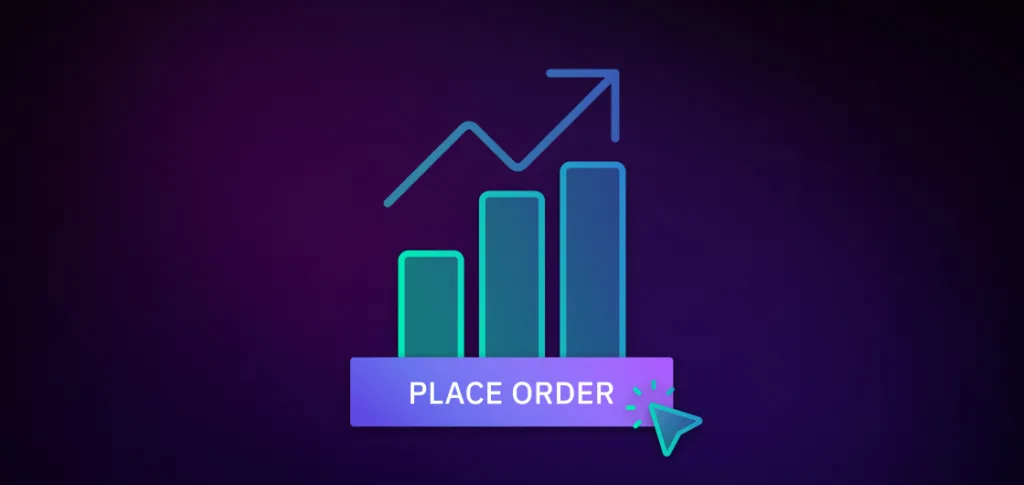
- Ecommerce Marketing
- Reviews and UGC
12 Ecommerce Growth Strategies to Maximize Sales in 2024
Megan Wenzl | Apr 23, 2024
Dec 1, 2022 | 9 minute read
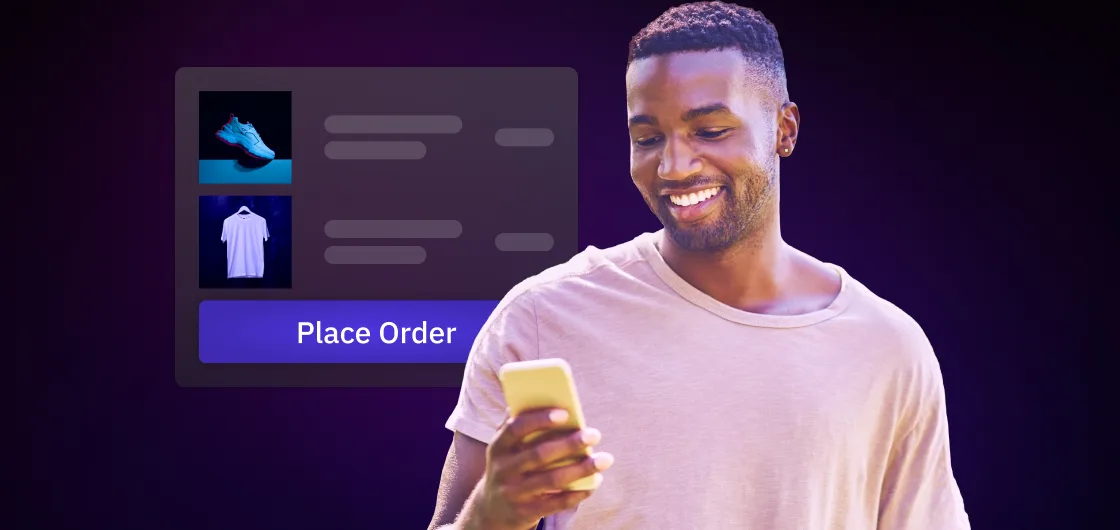
Lindsay Kolinsky
Director of Marketing
Apple’s move to enable iOS 14.5 users to opt-out of tracking last year has already caused Customer Acquisition Costs (CAC) from advertising channels to skyrocket. But the truth is that costs will only rise as Google moves towards sun-setting third-party cookies in 2024.
To ensure the sustainability of customer acquisition programs amidst these privacy headwinds, it’s more important than ever for ecommerce providers to focus on improving conversion rates. In the ecommerce market, conversion rates typically hover around 2.5%, meaning that even if you are doing everything right, less than 3 out of every 100 visitors to your online store ends up in a sale.
Fortunately, for most ecommerce brands, there are always areas that can be improved upon and tools to utilize that can optimize conversions. To make these improvements you first need to understand where customers are falling off, what they think about your products, and, of course, why they opted against a purchase.
Before we dive into the powerful strategies and solutions that can provide you with the right insights to improve conversion rates, let’s take a step back and understand what conversion rates mean for ecommerce brands.
With that in mind, here are three ways to improve your ecommerce conversion rates.
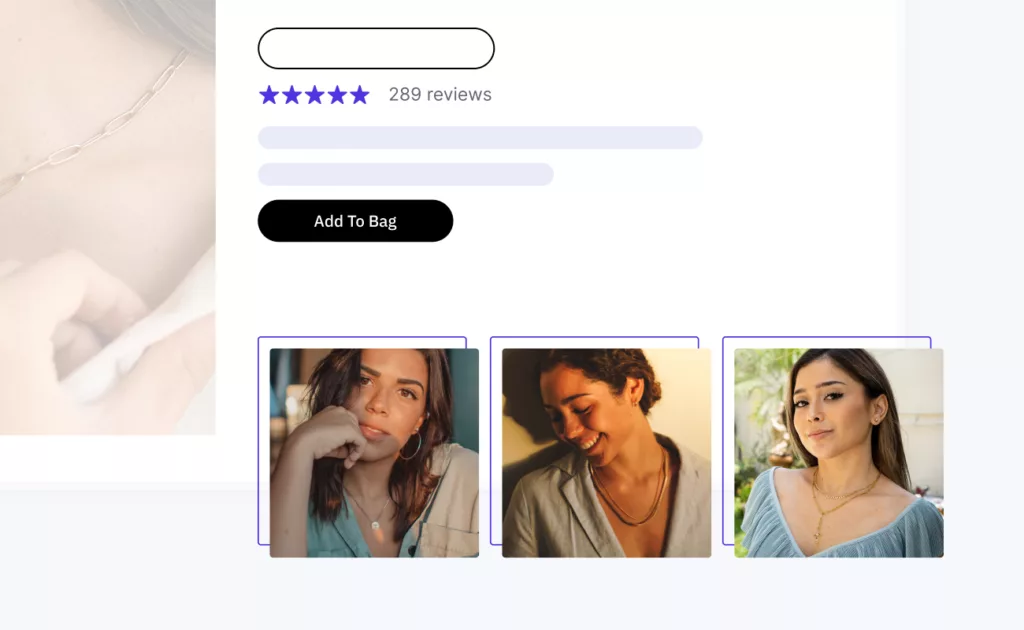
One of the best things ecommerce brands can do to build trust and drive conversions in a more privacy-centric web is to utilize customer reviews throughout the online buying journey. Research done by Spiegel Research Center showed that displaying reviews has the potential to boost conversions by 270%.
The first step in executing an effective reviews strategy is, of course, capturing reviews. One quick way to increase the number of reviews you receive is by using automated post-purchase emails. In addition, SMS requests and even offering incentives will ensure you generate enough reviews to utilize across your ecommerce marketing in a way that will impact conversion rate optimization.
Once reviews are collected, the best way to maximize the true benefits of reviews is to make them multi-dimensional. Including photos and videos as part of reviews elevates social proof and powers customer advocacy in a period where nearly all customers are looking for authentic brand engagements. Using a tiered incentive for customers to add a photo or video to their review is a great way to generate more UGC. It helps on-site conversion and can also be used throughout email marketing and social strategies.
Adding customer and product attributes can also help conversion by helping new buyers find the right product for them based on the experience of customers who have similar features, likes, and needs. To make an impact on conversion rates, you must go beyond showcasing reviews on your product detail pages and utilize them throughout the entirety of your marketing strategy, including your homepage, category pages, paid media, product recommendation emails, and more.
It’s also vital to remember that you should be showcasing reviews throughout all aspects of the shopping journey. That includes utilizing reviews in the final step of their purchase process. You can use a triggered review of a specific product via email when a cart is abandoned with that product in it. Nimble Activewear has already untapped the opportunity to turn on-the-fence buyers into conversions with reviews. By deploying a 50/50 split-test email campaign between flows featuring review snippets and without, they have witnessed reviews raising conversion rates on abandoned carts significantly. This has also caused a 6% increase in click-through rate and a 16% increase in average revenue per recipient.
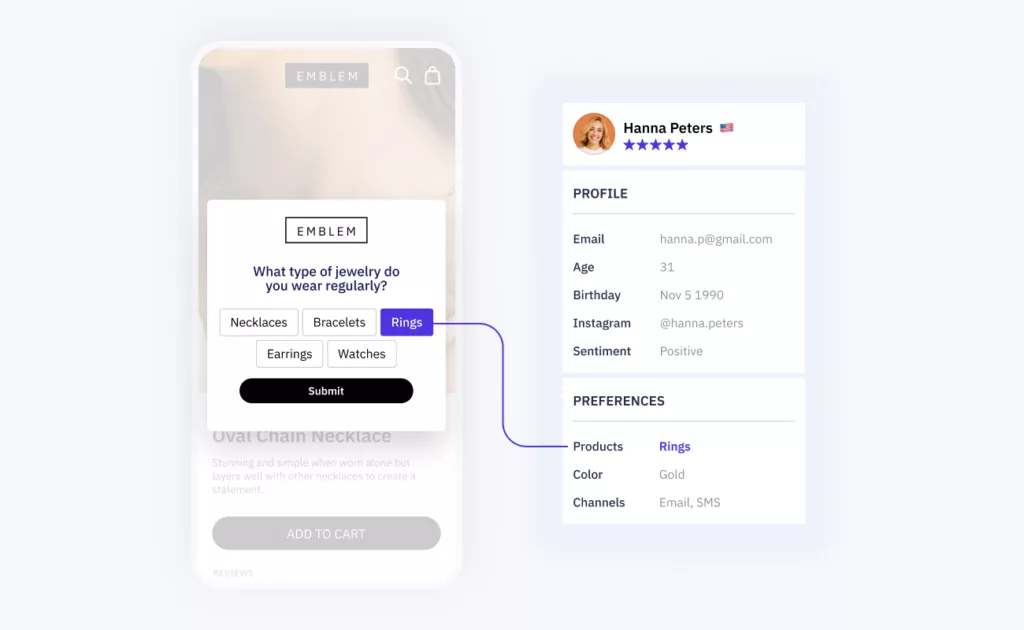
Without the ability to utilize 3rd-party data, it’s now more important than ever to capture data directly in the form of zero-party data to improve conversion rates. Zero-party data is data your customers share intentionally and voluntarily with your brand. Examples include capturing purchase intentions and personal preferences shared through answering polls, surveys, or even the reviews above.
One of the best ways to collect real-time customer feedback is through in-moment surveys powered by Okendo Surveys. Using Surveys’ contextual targeting feature, you can initiate the right questions at the right time to specific audiences throughout the customer journey, which can lead to 50%+ response rates.
In-moment surveys provide a more reliable and effective customer feedback loop, which is critical for understanding where you’re succeeding and where you’re falling short. By engaging customers when they are engaging with a product, the request feels more natural and less intrusive, making it more likely that customers will respond. Unlike traditional surveys that are static and siloed, ecommerce brands can use in-moment surveys to ensure they receive large volumes of feedback from the right customer at the right time. This also ensures the efficacy of the feedback, as 100% of the responses are from real customers.
However, if you don’t reach the consumer in-moment, brands have the ability to use shareable links to send surveys out via email, SMS, and more. This is especially valuable if you’d like to find out why a customer didn’t convert and complete their purchase.
For instance, Twelve South, the designer of beautiful Apple-inspired accessories, has used Okendo Surveys to identify ways to optimize their checkout experience for conversions. Specifically, it used in-moment surveying of existing abandoned cart flows to collect quick, actionable data and uncover conversion blockers. This helped the company take the guesswork out of reducing cart abandonment and revealed unique differences in the pain points between domestic and international shoppers. The ecommerce brand was then able to take steps to optimize checkout options based on where customers are based.
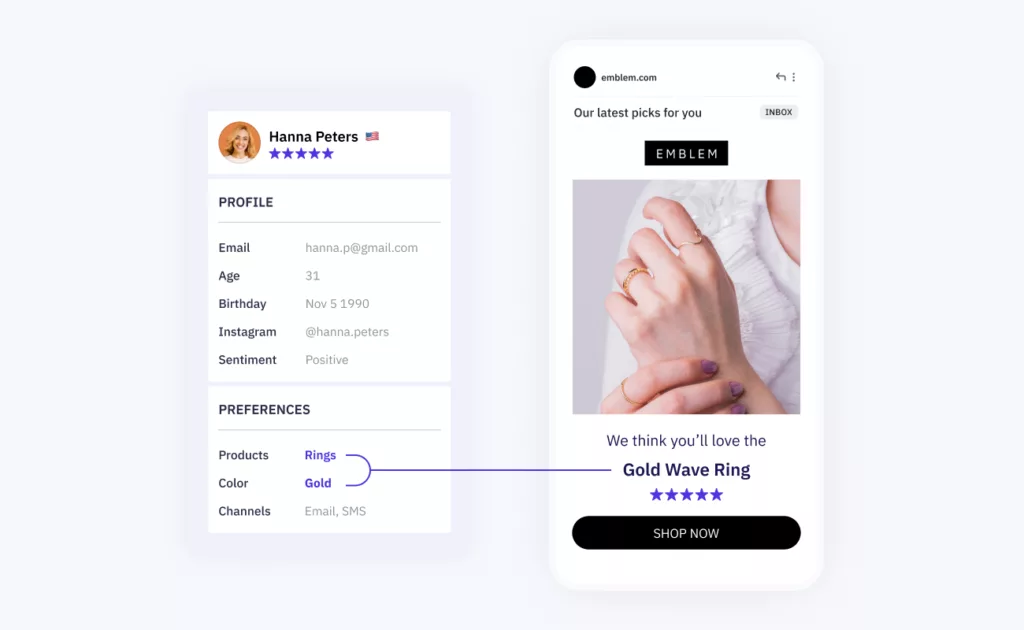
One of the most important tools to increase conversion rates in ecommerce is a product recommendation quiz.
A product recommendation quiz is used by brands to offer personalized product suggestions to customers. A quiz is interactive and engaging, guiding customers through a series of questions to collect their preferences, requirements, behaviors, and demographics. Shoppers are then automatically matched with products that best align with their profiles.
Because a quiz drives customers to the right product for them, it enables customers to make faster purchasing decisions, leading to increased conversions and sales.
For example, imagine an apparel brand asking customers what their favorite outdoor activity is as one of the questions in a quiz. The customer is then matched to a specific product (or products) based on their answer. So if a customer selects, hiking, as an answer to the question, What is your favorite outdoor activity?, they would then be automatically shown hiking pants or a shirt depending on their specific needs based on the answers they selected in the quiz. The customer can then add products to their cart directly from the quiz, removing friction and making it easier for the customer to complete their purchase.
In addition to conversions, a quiz helps brands meet and exceed the personalized experiences customers expect today, helping brands stand out among increasing DTC competition. According to retention and loyalty research by Okendo, 58% of consumers say offering a quiz to get to know their individual needs better is a way brands can exceed their expectations.
According to BCG, two out of every three consumers want customized interactions when engaging with a brand, yet almost half are uncomfortable giving away their data to receive personalized experiences. That means utilizing zero-party data shared by consumers intentionally and proactively is vital for unlocking personalization.
Zero-party data allows sales and marketing efforts to be more targeted and segmented. Targeting and segmentation can be used within campaigns and for upsells, cross-selling, and creating bundles that can improve conversion rates and increase Average Order Value (AOV). Furthermore, this data can power a much more personalized shopping experience.
In addition to capturing basic customer contact information, ecommerce brands can dive deeper into information from customers on the key factors that influence their behavior throughout the buying journey.
Imagine how an athleisure brand could use zero-party data to identify the types of workouts customers like to do. With this data, the brand would have the ability to personalize experiences, such as upselling gear for specific workouts or customizing content and clothing bundles that could be targeted toward the particular workout a consumer enjoys. How and where this type of information is collected can be determined based on where the customer is in the buying journey.
As Adam Sharon-Zipser, Manager Director at integrated ecommerce growth agency Elephant Room points out, “To service the specific needs of customers and maximize conversions, adjusting the website browsing experience so that it is unique to the customer is crucial. Attributes to trigger these personalized experiences can be simple values such as gender, but can also encompass the customer type (first-time customers vs repeat). Brands can then use this zero-party data to adjust assets, including redirects, banners, pop-ups or even motivator prompts to help the user find the optimal product.”
The truth is there are multiple ways to utilize zero-party data to personalize the shopping experience to drive purchasing action. Past research has illustrated that customers who viewed three pages of personalized content had a conversion rate of 3.4%, double the rate (1.7%) for those exposed to two pages with customized elements.
As pressure increases to improve conversion rates in the face of rising customer acquisition costs, it can seem daunting even to make modest improvements. However, utilizing a zero-party data strategy powered by solutions such as Okendo Reviews and Okendo Surveys can drive significant returns. By unleashing the full potential of customer reviews and capturing feedback via new avenues such as in-moment surveys, ecommerce brands can provide a more personalized buying experience that optimizes conversion rates and drives more revenue for your brand.
Related articles
Ready to learn more?